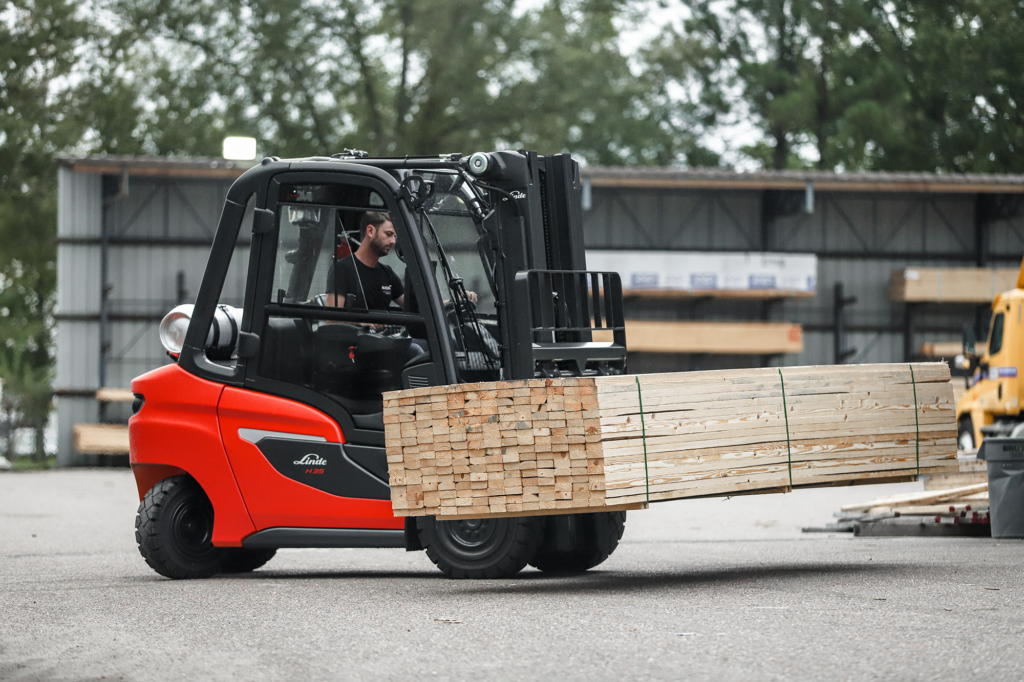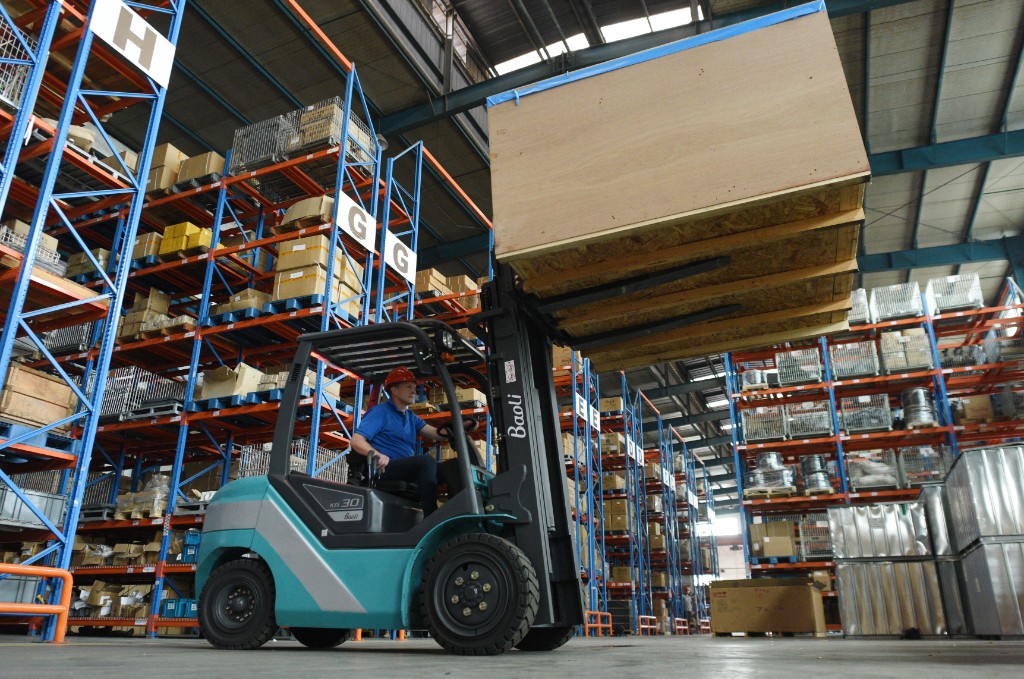A forklift data plate is more than just a metal or plastic identifier affixed to the vehicle; it is a lifeline of crucial information essential for safe operation and regulatory compliance. Data plates are found on every forklift truck and serve as indispensable guides, detailing the capabilities and specifications vital for operators and maintenance personnel alike. They are positioned prominently on the forklift’s body, typically on the instrument panel or near the hydraulic controls; the data plate holds a wealth of information ranging from model and serial numbers to lifting capacities and maximum lift heights. The importance of this critical information is immeasurable. Therefore, understanding their purpose and the information they provide can promote a secure environment for your operators and your operation.
What is a forklift data plate, and what information does it contain?
A data plate is a metal or plastic plate affixed to a forklift truck that provides essential information about the vehicle’s specifications, capacities, and safety features. It serves as a reference for operators, maintenance personnel, and inspectors. Beyond mere identification, the data plate is a repository of critical information that forms the backbone of safe forklift operation and serves as a comprehensive blueprint of its capabilities and specifications, encapsulating vital details essential for its safe and efficient operation.
Every detail is meticulously documented, from the manufacturer’s name and contact information to the model and serial number of the forklift. Moreover, the data plate delves into the practical details of the forklift’s operational parameters. It outlines the maximum lifting capacity at various load centers, ensuring operators understand the limits within which the forklift can safely run. Additionally, it elucidates details such as the maximum lift height and tilt angles, guiding operators in maneuvering the forklift with precision and confidence.
Data plates typically include the following detailed information:
- Manufacturer’s name and contact information.
- Model number and serial number of the forklift.
- Maximum lifting capacity at various load centers.
- Maximum lift height and tilt angles.
- Tire specifications (size, type, pressure).
- Engine specifications (fuel type, horsepower).
- Electrical system specifications (voltage, battery capacity).
- Date of manufacture and compliance standards (e.g., OSHA, ANSI).
The data plate is akin to a technical manual for maintenance personnel, offering insights into the intricacies of the forklift’s design and functionality. From understanding the nuances of the mast type to identifying compatible attachments, technicians rely on the information provided by the data plate to perform their duties with precision and efficiency.
Where are data plates located?
Data plates are usually found on the body or frame of the forklift, typically near the mast or on the counterweight. Common locations include near the operator’s compartment, often affixed to the dashboard or control panel. These plates are securely fastened to the forklift, often in a conspicuous location easily accessible to operators and maintenance personnel. They are a mandatory vehicle component as per safety regulations in various areas.
What should you do if your forklift does not have a data plate?
If a forklift is missing its data plate, it should not be operated until it is replaced, or the necessary information is obtained through alternative means. Without the data plate, operators and maintenance personnel lack crucial information regarding the safe operation and maintenance of the forklift. In such cases, you may take the following steps:
- Contact the manufacturer or authorized dealer to obtain a replacement data plate.
- Verify if you can determine the forklift’s specifications and capacities through other documentation, such as manuals or maintenance records.
- Ensure that the forklift undergoes thorough inspection and testing by qualified personnel to assess its safe operation and compliance with regulations.
- Consider consulting regulatory authorities or safety inspectors for guidance on resolving the issue and ensuring compliance.
What are the implications of operating a forklift without a data plate?
The absence of a data plate on a forklift can have far-reaching safety implications. Imagine navigating a forklift without knowing its weight capacity or maximum lift height—it is a recipe for disaster. Without this information, operators may inadvertently overload the forklift, leading to tip-overs, dropped loads, or mechanical failure, which poses serious safety risks. Moreover, operating a forklift without a data plate is often against workplace regulations and can result in fines from safety organizations like OSHA.
The date plate is also essential for maintenance and repairs, as it provides necessary details for service technicians. A missing data plate not only hampers safe operation but also compromises regulatory compliance and maintenance accuracy. Therefore, if a forklift’s data plate is missing, it is crucial to replace it immediately to ensure the safety of operations and compliance with safety standards.
A forklift data plate is more than just a piece of metal or plastic; it is a cornerstone of safe and efficient forklift operation. Its absence compromises the safety of operations and undermines regulatory compliance and maintenance accuracy. Encapsulating crucial information about the vehicle’s specifications, capacities, and safety features empowers operators, maintenance personnel, and inspectors alike to uphold the highest safety and compliance standards in the workplace.




